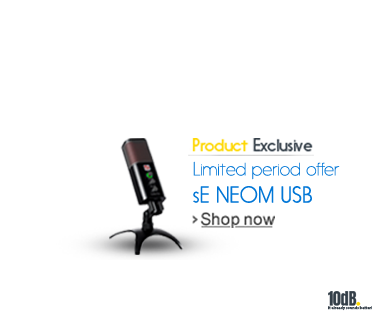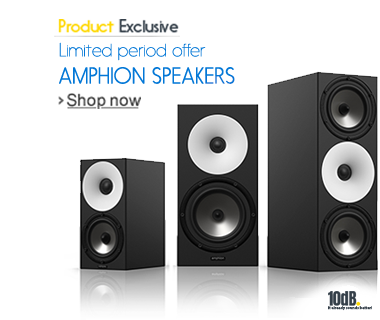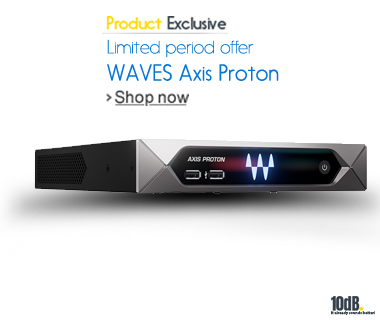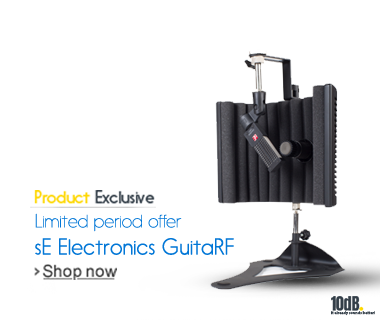The Secret Playlist: 5 Albums Every Sound Engineer Must Analyse
Whether you’re deep in post-production, tracking live sessions, or perfecting a master, one truth remains: great ears are trained, not born. And what better way to sharpen those ears than by studying sonic masterpieces?
In this post, we break down five iconic albums that are essential listening for any serious sound technician, mixing engineer or audiophile. Each one delivers a masterclass in tone, space, dynamics, and balance.
So plug in, tune your ears, and dive into the real-world mix references that can transform your workflow.

🎧 1. Radiohead – In Rainbows (2007)
Why it matters: This album is a goldmine of layered textures, analog warmth, and masterful dynamic control. Nigel Godrich’s production pushes boundaries while remaining utterly musical.
What to listen for:
- Spacious reverb and stereo field on “Nude”
- Organic compression and tape saturation
- Balance between synthetic and acoustic elements
Sound engineer’s takeaway: Use it to calibrate your depth perception in a mix. A perfect reference for ambient vocal placement and low-mid clarity.
🎚 2. Daft Punk – Random Access Memories (2013)
Why it matters: A sonic tribute to analog gear, this record was mixed and mastered with almost obsessive precision. Thomas Bangalter and Guy-Manuel’s attention to detail is astonishing.
What to listen for:
- Transient definition on live drums
- Immaculate stereo separation
- Sub-bass management without clutter
Mastering for analogue depth
🎛 3. James Blake – James Blake (2011)
Why it matters: Minimalism done right. Sparse arrangements, deep bass, and glitchy effects showcase the art of restraint.
What to listen for:
- Reverb tails and negative space
- Sub-bass clarity on consumer headphones
- Digital distortion and controlled saturation
Mixing with space
🔊 4. Steely Dan – Aja (1977)
Why it matters: A timeless mix reference. This album defines “hi-fi” for many in the audio world. Every note is meticulously played, recorded, and mixed.
What to listen for:
- Drum imaging on “Peg”
- Vocal EQ decisions
- Phase coherence between multiple instruments
Sound engineer’s takeaway: Study this if you want mixes that translate seamlessly across all systems.
🎤 5. Billie Eilish – When We All Fall Asleep, Where Do We Go? (2019)
Why it matters: This record proved that bedroom-produced music can win Grammys. Finneas’ inventive engineering rewrote the rules.
What to listen for:
- Intimate vocal compression
- Whisper-level dynamics
- Use of silence as a tool
Vocal production reference 2025

Bonus Tips: How to Use Reference Albums Effectively
- Volume match: Always level-match your reference with your mix. Don’t get tricked by loudness.
- Segment analysis: Focus on intros, choruses, and bridges separately.
- System switching: Compare references on monitors, headphones and even your car.
- Ear training apps: Tools like SoundGym or TrainYourEars can enhance your accuracy.




